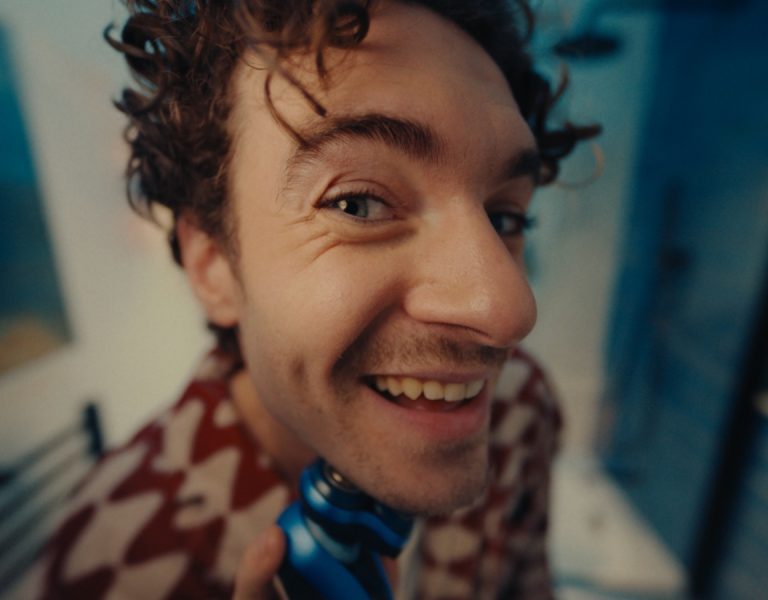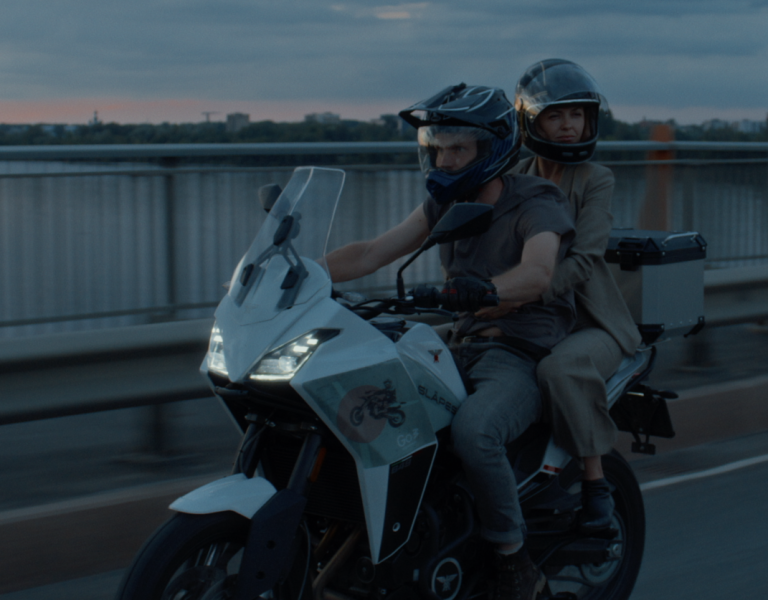Alien Attack
Guillermo Navarro AMC, ASC / Pacific Rim
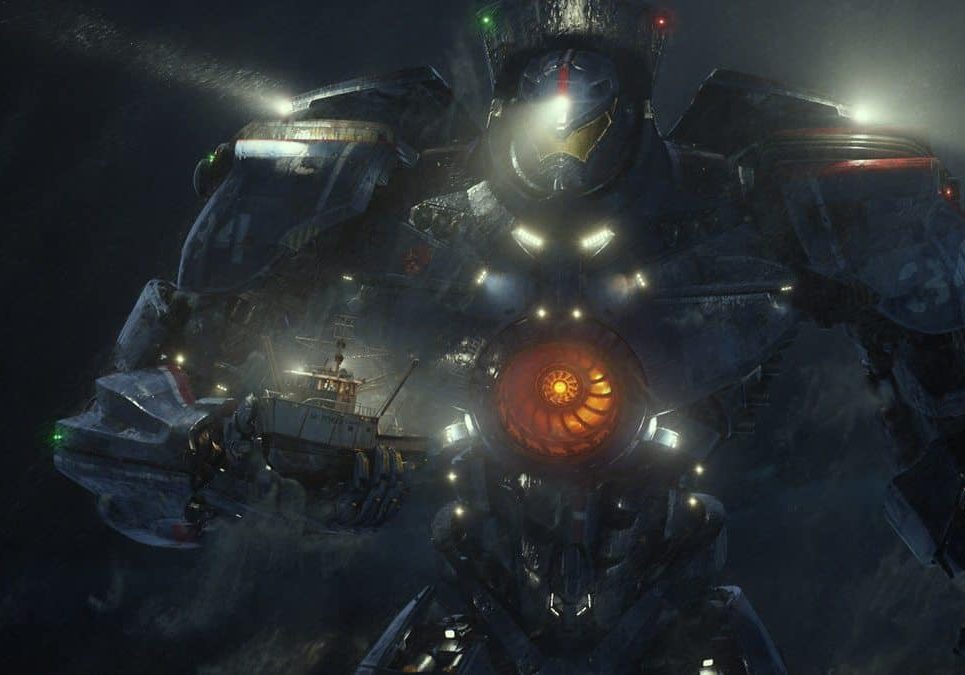
Alien Attack
Guillermo Navarro AMC, ASC / Pacific Rim
BY: Bob Fisher
Pacific Rim takes audiences on a journey to a dark time in the future of humanity, when huge alien monsters called ‘Kaiju’ rise to the surface of the earth from deep under the ocean. They begin a war that threatens to claim millions of human lives while destroying the natural resources that are vital to sustaining mankind’s future, writes Bob Fisher.
The people of the Earth are on the verge of defeat. To combat the threat, the government builds enormous robots, called ‘Jaegers’, that are simultaneously controlled by two human pilots, named Raleigh Becket and his intern Stacker Pentecost, whose minds are locked in a neural bridge.
Guillermo Navarro AMC ASC, who lensed the $150m movie, describes the robots as, “humanity’s last hope for survival.” However, as time passes, even the powerful Jaegers prove almost defenseless in the face of a relentless enemy.
Pacific Rim is Navarro’s sixth collaboration with Guillermo del Toro, who co-wrote the screenplay with Travis Beacham, and directed the film. Their previous co-ventures were Cronos (1993), The Devil’s Backbone (2001), Hellboy (2004), Pan’s Labyrinth (2006) and Hellboy II: The Golden Army (2008). Pan’s Labyrinth was only the second foreign-language film with English subtitles to earn an Oscar. Navarro won an Academy Award and a BAFTA nomination for his work on that movie, whilst Del Toro was nominated for an Oscar.
Legendary Films produced Pacific Rim, which will be distributed around the globe by Warner Brothers. Robot pilots Beckett and Pentecost are respectively portrayed by Charlie Hunnan and Idris Elba. Other main members of the cast include Ron Perlman, Charlie Day, Clifton Collins, Jr., Heather Doerksen, Burn Gorman and Rinko Kikuchi. The feature was primarily produced on sets at Pinewood Studios in Toronto, Canada, with only a few scenes shot at practical locations nearby.
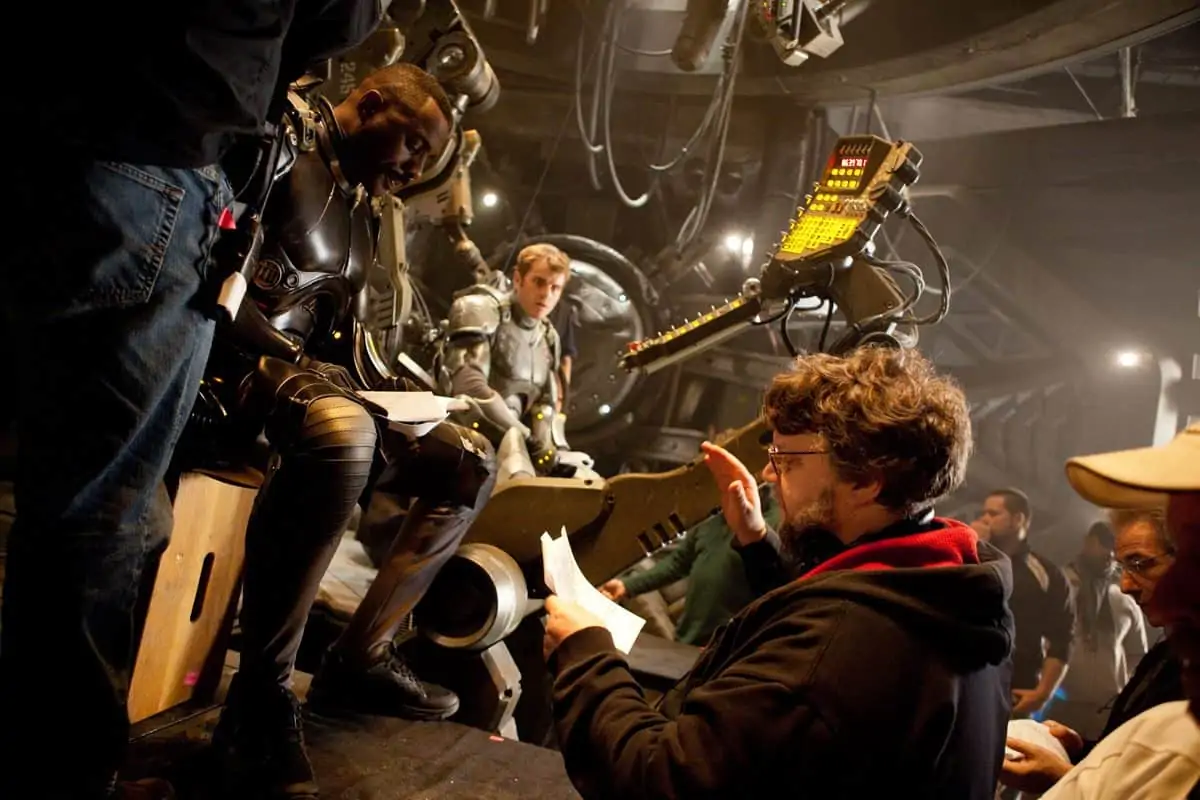
“My initial feelings about working on this production included some uncertainty,” Navarro says. “The original plan was to produce Pacific Rim as a 3D movie in digital format. I had some experience shooting commercials with digital cameras. I did some research, decided to use the RED Epic camera, and wanted to make the creative process as close as possible to shooting on film. However, a few weeks before we started production, the studio pulled the plug on shooting in 3D. By then, we were so far along in pre-production planning that I decided to stay with using the Epic. That’s how I came to shoot my first movie in digital format.”
Navarro says that it was a complicated project, because of changes made during pre-production planning, which he succinctly describes as “distractions.” Navarro estimates that more than 90 percent of scenes featuring monsters and robots also include fires, sparks and other computer-generated effects (created by ILM and Legacy Effects), posing an interesting challenge.
“It was a bigger-scale movie than Guillermo and I had done together before,” Navarro observes. “As the digital monsters were composited with live action footage during post production, we had to really understand how big the monsters and robots were, and where they were in the scene, while we were shooting on-set with the actors.”
“A four-storey high mock-up of a robot’s head was used in key sequences involving the pilot and intern who controlled the robots,” Navarro says. “Every movie needs analogue practical effects to convey a sense of physical reality.”

"Every movie needs analogue practical effects to convey a sense of physical reality."
- Guillermo Navarro AMC, ASC
The following are excerpts of a conversation with Navarro:
What is the message that this movie brings to audiences?
They witness human beings pulling together to save the planet as well as themselves. It is done subtly, but you can see and feel it happening.
Where and when does the story take place?
It takes place in the future in locations ranging from Hong Kong and Alaska to the middle of the ocean in the not so distant future… maybe a lifetime from now.
Had you collaborated with any of the actors before?
I worked on a film with Ron Perlman, but the rest of the cast were new to me.
This was a very complex movie with monsters, robots and visual effects. How did you establish rapport with the cast and get them to feel comfortable?
We had a very friendly and joyful set, so we interacted in a very natural way. Everyone felt that we were working together to create a good movie. Everybody was engaged. It was a very pleasant and collaborative environment.
What were your initial discussions with the director about the visual grammar? Did you talk about whether aspect ratio should be wide screen or 1.85:1?
We had to accommodate the height of the robots and the monsters as much as possible, so it could not be framed in 2.40:1. It is very close to a 16:9 frame.
Did Del Toro envision a natural look or a brighter or darker look, and how did his original perceptions evolve?
We took different approaches in different parts of the story. The colour palette is pretty extreme and so is the contrast. Our goal was to use nuances in images like words. For instance, in the beginning, the robots are about to encounter one of the monsters in the middle of the ocean during a storm. A fishing boat gets between them. There were a few fishermen trapped on this little boat in-between the giant robot and a huge monster. We want the audience to feel what the fishermen are feeling. You can see it on their faces and in their actions and in the way we used contrast, colours, composition and other nuances to visually punctuate feelings. We showed the audience what was happening, including shooting images from the perspectives of the characters on the boat as the robot and monster got closer.
How much of this film was shot at the studio and how much at locations?
It was almost entirely produced at the studio with only three days on location, including one on the beach at a lake and another one in downtown Toronto.
Tell us about your interactions with production designers Andrew Neskoromny and Carol Spier.
It was a very close relationship. We shot scenes on sets while they were building new ones. They were interested in my opinions and I tried to help.
It sounds like it was a very ambitious endeavor.
It wasn’t easy keeping on top of everything. We were shooting scenes for more than 100 days. Second unit cinematographer Checho Varese ASC shot scenes for 40 to 50 days. It was a very challenging project, requiring close collaboration on everyone’s part, including having sets ready for production on time. My gaffer worked weekends and after hours. It was very demanding… one of the hardest movies I've done.
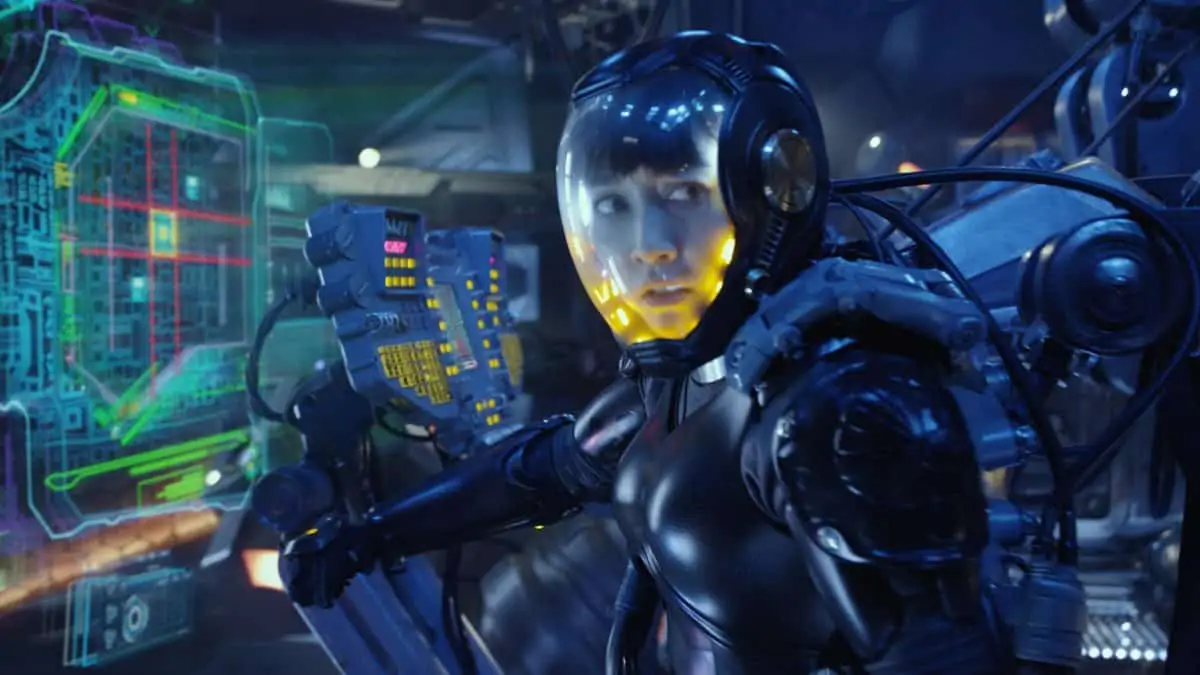
Did you assemble a crew in Canada or did you bring people with you?
Most of my crew were Canadians. They were wonderfully talented. I was able to bring in a few people, including key grip Rick Stribling, who has collaborated with me for years. My main camera operator, Angelo Colavecchia, has worked with Guillermo (Del Toro).
Was Guillermo del Toro usually with you or in a video village?
He was in the video village, which was always very close to the cameras. We were usually shooting with three or four cameras at different angles. Every scene was very detailed and it took a lot of set-ups to tell the story. When the pilots are in the confines of the brain of a robot, the special effects crew had everything ready, including rain and sparks.
Did you have opportunities to see digital dailies?
Yes. We had a very good DIT team led by Ben Gervais. That was part of my learning curve using digital cameras. You have to devote quite a bit of time to colour correction. Someone can touch a button and completely change the look. It was very important to stay on top of what was happening, so the outcome represented what our intentions were. A very good Canadian company called SIM Digital/ Bling Digital, handled the data.
How about postproduction?
That was done by MPI on the lot at Warner Bros. in Los Angeles. Colourist Maxine Gervais did a very good job.


